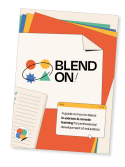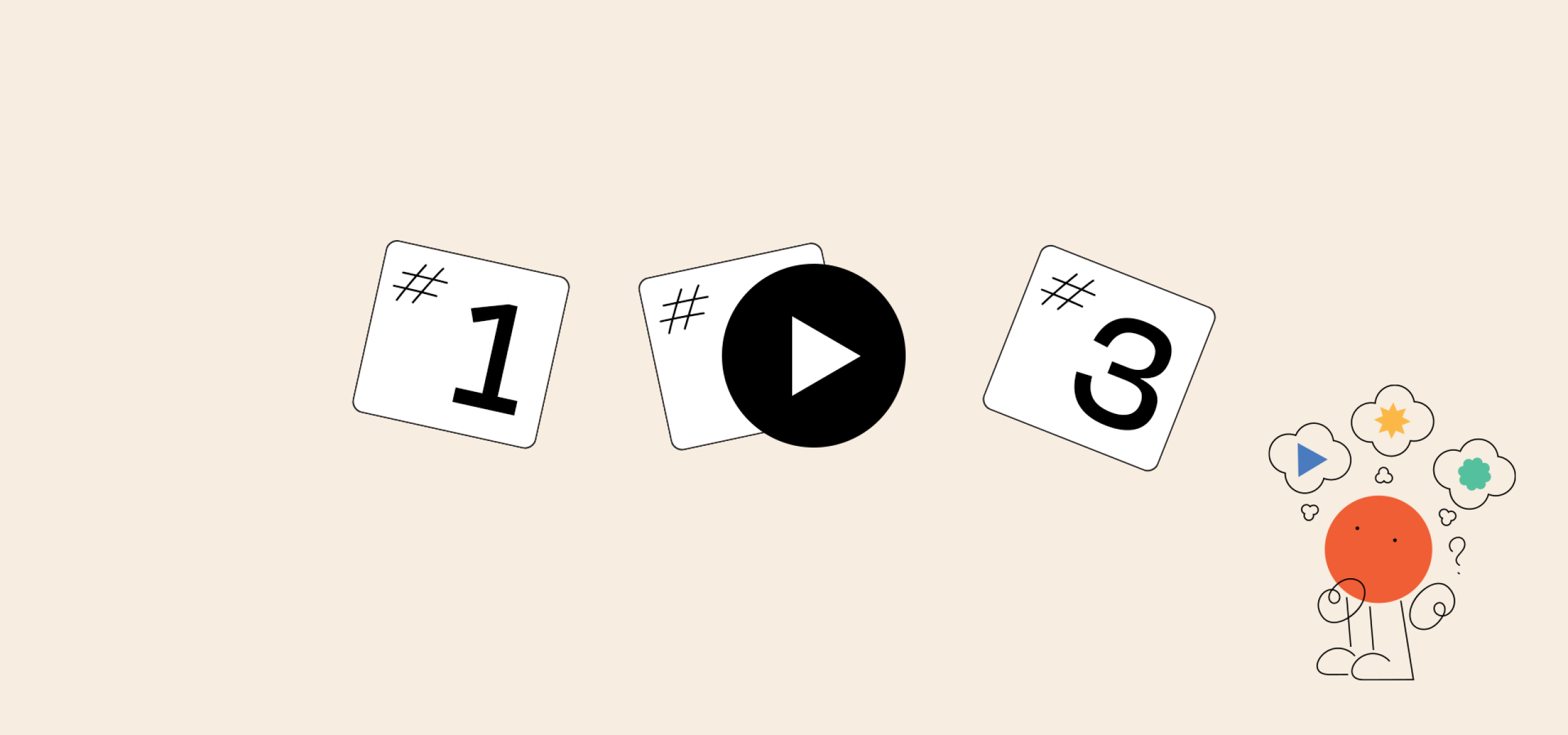Analyse & Identify
The ‘Analyse and Identify Phase’ is the foundation of a CPD development process. The aim is to get a clear picture of the participants, their learning needs and the context.
The ‘Analyse and Identify’ phase in a blended CPD trajectory differs from that of an in-person trajectory in the following ways:
- Different competences are required from participants and facilitators.
- Additional decisions need to be made in the Design Phase (how much remote, asynchronous or synchronous, etc.)
- Motivating participants and facilitators might be different for remote than for in-person CPD.
- Designing for blended learning requires explicit attention for the learner experience in both the in-person and the remote part (learner interaction, inclusiveness, etc.).
We distinguish three main steps in this phase:
Step 1
Know your target group
Know who your target group is, and collect information on their availability, access to technology, skill level and learning challenges . Start by identifying what information is already available and then decide on what additional data to collect. Use surveys, focus groups, and interviews. Make sure to get information from a representative group of people and ensure that data is collected ethically.
Step 2
Analyse the context
You need to understand the context in which the blended CPD will be implemented. This means identifying and analysing existing resources, such as programmes, people and materials, as well as the policy environment. It also entails evaluating the interests, availability, skills and needs of your facilitators. Resource mapping is a strategy to systematically identify gaps , potential partners and the availability and adaptability of resources. Assess the infrastructure and technology available for in-person and remote CPD activities and analyse materials for potential reuse or adaptation.
Step 3
Identify learning outcomes
Clearly identify the specific skills and behaviours that your target group will need to master after successfully completing the CPD trajectory. Learning outcomes help you to focus and design a coherent CPD trajectory. Learning outcomes should be specific, contextualised, and measurable. If you are re-designing an existing CPD trajectory, consider how switching to blended CPD affects the learning outcomes. Involve your team and stakeholders in the process, using a backward mapping method and considering factors such as initial and desired competence level, performance needs, inclusivity and realism. This will help create a more effective and coherent pedagogical strategy and assessment process.
Take a few minutes to check up on your progress in this phase of your blended CPD trajectory by reviewing our checklist.
In Practice
Here you can find all good practices discussed in this phase.
Subscribe to newsletter

Download our guide for a more in-depth and comprehensive look at developing a successful blended CPD programme.
© Copyright 2023 VVOB - vvob.org
